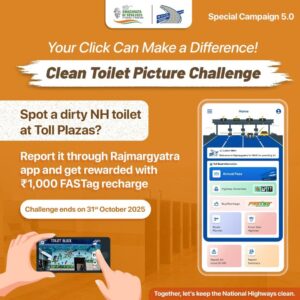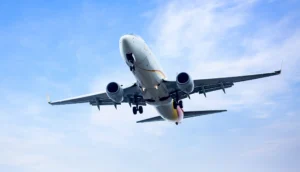5 Lesser-Known Toll Tax Hacks: How Indian Travellers Can Legally Save Money on Highways

These Vehicles Get Toll Exemption On Atal Setu, Mumbai–Pune Expressway and Samruddhi Highway
As toll rates continue to rise across Indian highways, travellers are always looking for ways to save on road expenses. Interestingly, there are several hacks that claim that under specific conditions, commuters may not be required to pay toll tax. While some of these are lesser-known provisions under NHAI guidelines, others are simply about being better informed.
Here’s a look at five such hacks that, according to reports, could help save money, if used correctly.
1. Local Resident Toll Pass for Those Living Within 20 KM
As per reports, individuals who reside within 20 kilometres of a toll plaza may be eligible for a local resident pass. This monthly pass, which costs around ₹340, reportedly allows for unlimited crossings at that particular plaza. Commuters are required to visit the toll booth with their Aadhaar card or another valid proof of residence to apply. This provision is said to be part of NHAI’s efforts to ease financial burden for locals.
2. Scanner Malfunction? You May Not Be Required to Pay
If your FASTag account has a valid balance but the scanner at the toll fails to read it, reports suggest you are not obligated to pay in cash. According to NHAI rules, the fault lies with the operator, not the commuter, if the device fails. However, travellers are advised not to argue with the toll personnel; instead, they can pay the toll, collect a receipt, and raise a complaint on the NHAI portal later. This has reportedly been recognised as a way to hold toll operators accountable for technical glitches.
3. Two-Wheelers and Emergency Vehicles Are Exempt
Two-wheelers, ambulances, and certain other categories of vehicles are legally exempt from paying toll on national highways. The exemption list is reportedly said to include vehicles used by the armed forces, funeral processions, and government-authorised emergency services. Riders of two-wheelers often pass through toll plazas without charges, provided the vehicle category is clearly identifiable. However, commuters are advised to carry proper documentation if questioned.
4. Explore Alternate Bypass Roads Locally
There are reports that many toll plazas, especially on the outskirts of cities, have nearby local roads or internal village routes that bypass the main toll gate. While not officially advertised, these roads are often used by locals who are familiar with the geography.
It is important to note that these routes must be public and legal to use; entering private or restricted roads could result in penalties. Checking alternate paths using Google Maps or local input is reportedly a common practice among frequent travellers.
5. Delays at Toll Booths Could Mean a Free Pass
The 100-metre toll exemption rule was introduced by the National Highways Authority of India (NHAI) a few years ago to ease congestion at toll plazas. According to the guideline, if the line of vehicles in any FASTag lane stretches beyond 100 metres, those vehicles are to be allowed to pass without paying the toll. To support this, a yellow line is marked at the 100-metre distance from each toll booth, serving as a visual cue for operators. While the rule remains on paper, reports suggest its implementation continues to vary widely across locations.











